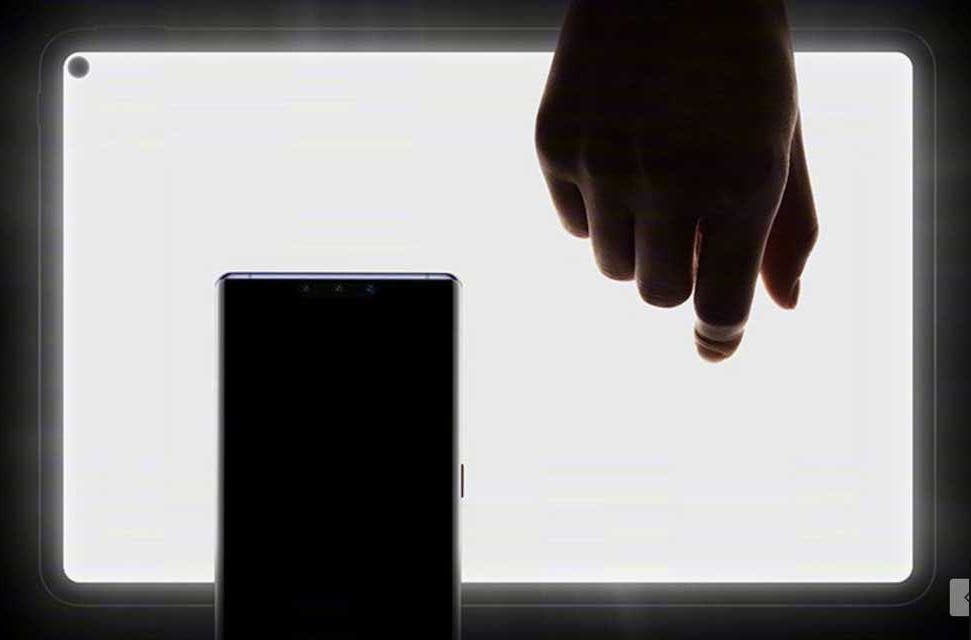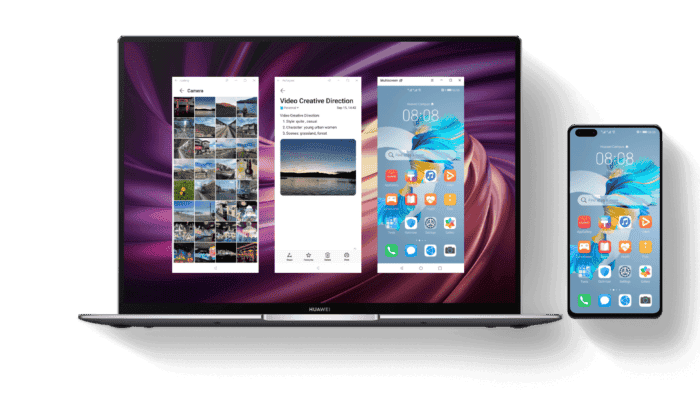Multi-screen collaboration is just an export based on the Internet of Things. Although different screens are connected in series, the logic of different product brands is still fundamentally different. Especially the brands with a strong ecological environment like Apple and Huawei. The former has a unique multi-screen collaboration application scenario through an extremely stable ecosystem. As for the latter ut is more radical using the HarmonyOS. There is a gradual trend of decentralization due to the new model. In addition to the two above, there are other “rising stars” like Xiaomi and Vivo. Let us now take a look at what these brands (Apple, Huawei, Xiaomi and Vivo) present in terms of multi-screen collaboration.

Apple: Every hardware is at the center
In fact, the multi-screen collaboration function has appeared on Apple devices for a long time. However, in time past, it did not use this name but appeared as AirPlay. It wirelessly transmits pictures, audio and video on iOS devices such as iPhone, iPad and iPod Touch to devices that support AirPlay through WiFi.
This is a wireless technology developed by Apple, which can wirelessly transmit pictures, audio, and video on Apple mobile devices to devices that support AirPlay through a wireless network. Projecting the screen to a device that supports the AirPlay protocol can be achieved as long as it is in the same local area network. In addition, because of its own protocol, it has strong anti-interference. However, the disadvantage is the native screen projection protocol that it uses.
At this year’s WWDC, Apple released a use scenario that combines the iPhone lens with the Mac. This is actually to strengthen the use scenario of the Mac. This way, from the iPhone lens to the computer is “one-way”, not like Huawei’s multiple. The camera positions connect to each other using scenarios. Apple pays more attention to assisting the products users are currently using through other hardware products. It pays more attention to the mutual cooperation between functions.
Huawei: De-centralization of hardware
When it comes to multi-screen collaboration, whether it is Apple, Huawei, Xiaomi or Vivo, the functional “connection” is similar. For example, you can make calls on a smartwatch; you can use smart speakers to enhance the sound quality when watching videos on a tablet; you can use a mobile phone or tablet to control some home appliances.
HarmonyOS is actually “decentralizing” hardware devices, which may be a manifestation of future personal devices. To understand Huawei HarmonyOS’s multi-screen collaboration, you need to start with the underlying logic.
The mission and goal of the HarmonyOS system is to connect different devices in series. It also seeks to become a universal language for devices, allowing one system to connect all Internet-connected smart devices to achieve the ultimate goal of interconnecting everything. One of its core capabilities is the distributed technology that allows multiple devices to integrate into one device. This way, it achieves a smooth connection experience with high throughput, low latency, and high reliability between devices. Through the high-bandwidth, low-latency, and high-security features of a minimalist protocol, the problem of interconnected “response” between different devices can be solved.
Huawei multi-screen collaboration hangs on HarmonyOS
Huawei’s system is a bit more integral and you can start a project on one device and finish it on another. What some brands call multi-screen collaboration actually has a shortcoming. When the source device stops or the screen locks, the entire process shuts down. However, this is not the case with Huawei’s deep integration.
There are reports that HarmonyOS 3.0 will strengthen the application transfer function. Furthermore, it will use the computing power of the transferred device, which is equivalent to the Snapdragon version of my mobile phone. By transferring to the Kirin 9000 device, I can use the computing power of Kirin to solve the problem of heat generation.
However, the current problem is that only a small number of applications support “transfer”. This is so because the number of available games is pitifully small. It only supports “Light Encounter” and “League of Legends” in the previous demo.
In summary, application circulation is the core of Huawei’s HarmonyOs system, and it is not difficult to see its layout and “ambition” for the future system.
Xiaomi pushes Miaoxiang Space
After Huawei, Xiaomi has its own Miaoxiang Space, which is similar to Huawei’s HyperTerminal in terms of UI and functions. However, there is a serious lack of Xiaomi and Windows products compatible with this technology. Thus, it is very difficult to demonstrate its capacity. What we know is that it is not easy to achieve multi-screen collaboration with this system.
For Apple and Android users, it is not easy to connect. The two mainstream platforms seem to be an unbreakable wall. However, there are still Chinese manufacturers trying to break the gap between each other. Early users can use Android’s native file transfer and SmartFinder from Hammer Technology.
Vivo and Apple users make friends
And Vivo goes a step further and implements Mac login through the “Quantum Platform” kit. However, it is “dwarfed” in terms of functions. It only provides basic multi-screen collaboration functions, which are similar to Huawei’s functions. Nevertheless, when using the mouse to slide the screen on the Mac desktop, the mobile phone does not have a dark screen. In addition, there is a high delay and there is still a long way to go in the future.
Conclusion
From the current stage of development, with the gradual popularization of 5G and the popularization of WiFi6 and WiFi6+, the overall increase in the network speed downlink rate and uplink rate provides a stable guarantee for near-earth transmission. Just thinking, are 5G and WiFi6 really useful? Based on the multi-device linkage scenario of the Internet of Everything proposed by mobile terminal manufacturers, high bandwidth and low latency are absolutely necessary conditions.
Whether it is for consumers or manufacturers, there is no doubt that the higher the wireless protocol specification, the better the experience. In fact, judging from the multi-screen collaboration experience of these manufacturers, the most perceptible part is actually the delay. This needs to be solved by the upstream wireless protocol developer and the downstream manufacturers.
Having said that, multi-screen collaboration seems to be a matter of several screens. However, it also shows the strength of the manufacturers behind it. In addition, even if there is software optimization strength, it is futile without product line support. For consumers, more priority will be given to the linkage of equipment of the same brand.





